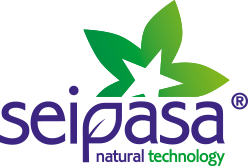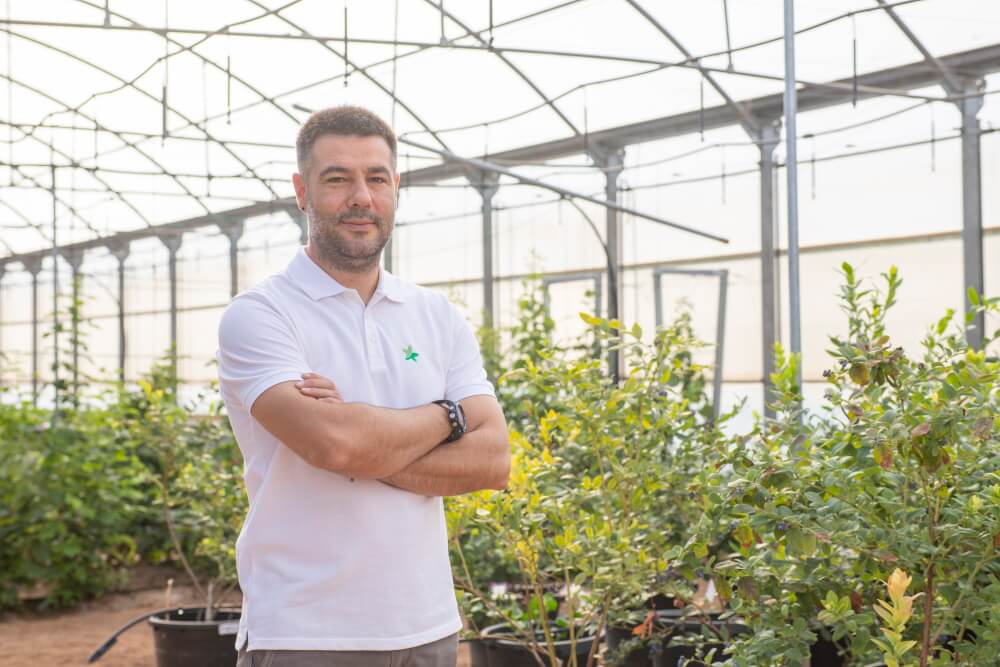In this interview Javier Nácher, Seipasa's Chief Technical Officer, analyses the key features and modes of action of the new biofungicide that the company has just launched onto the Spanish market.
1.- What makes Seitylis different to the rest of similar products in its category?
The most important difference lies in Seipasa's advanced knowledge of the use and application of microorganisms. Seitylis incorporates all that expertise and knowledge of Bacillus subtilis in three specific modes of action. The Bacillus subtilis strain we have worked with for this product is much more prolific, which means that it has a very rapid reproduction and colonisation rate. It obtains the same, or indeed better results than its competitors with much lower quantities of colony-forming units (active ingredient per hectare).
2.- How exactly does Seitylis contain all the experience, know-how and specialisation generated by Seipasa regarding the use and application of microorganisms in agriculture?
Seipasa has now been working with microorganisms for over 10 years, both in the field of phytosanitary applications and biostimulants. We have gained a great deal of experience about the characterisation and modes of action of microorganisms. From an agronomic point of view Seipasa's technical department has built up a wealth of practical knowledge focused on designing integrated pest management programmes.
Currently we have a huge amount field data and trials under way that have allowed us to develop integrated pest management programmes that enable farmers to obtain disease-free harvests and which, in the case of Seitylis, are accompanied by a 20-50% reduction in the use of conventional phytosanitary treatments. In my opinion this is one of the key added values that Seipasa offers its customers: specific programmes that adapt to the needs of each zone and crop.
3.- What diseases does the product combat and for which crops?
Thanks to the Bacillus subtilis strain it contains, Seitylis’s mode of action is not conditional upon the presence of a specific pathogenic organism. At a practical level, this affords Seitylis the properties of a broad-spectrum biofungicide, which means that it is effective against a whole host of fungi and bacteria. However, our application for European registration is for the control of mottling in pomes, oidium in Cucurbitaceae with edible skins and mildew in leaf vegetables, lettuce and the like.
4.- What are the keys to its mode of action?
Recently FRAC, the Fungicide Resistance Action Committee, has characterised the mode of action of microorganisms as multiple. This reminds us that, in the case of Seitylis, it has 3 complementing modes of action: two of them are essentially preventive and the third is purely curative. This opens up a wide range of possibilities for designing integrated pest management programmes.
The first mode of action is what we term by antagonism. This refers to competing for an ecological niche, i.e. competing with pathogens for space and for nutrients. This action involves colonising a space so that it is not available to be occupied by pathogenic organisms such as Botrytis, mildew, oidium or other bacteria.
The second way in which it acts is by activating defence mechanisms. Based on all the experience and know-how that Seipasa has amassed and through genetic sequencing, we know which resistance mechanisms are activated by the use of Seitylis. We are constantly discovering more about this mode of action. We know that it plays an essential role in reducing the stress that diseases cause or in the way in which plants prepare to defend themselves from the attack of fungi and pathogens.
The third and purely curative mode of action is by the synthesis of secondary metabolites. In particular, the action of lipopeptides, which act as natural antibiotics and directly attack pathogens by breaking through the cell membranes of fungi or bacteria.


